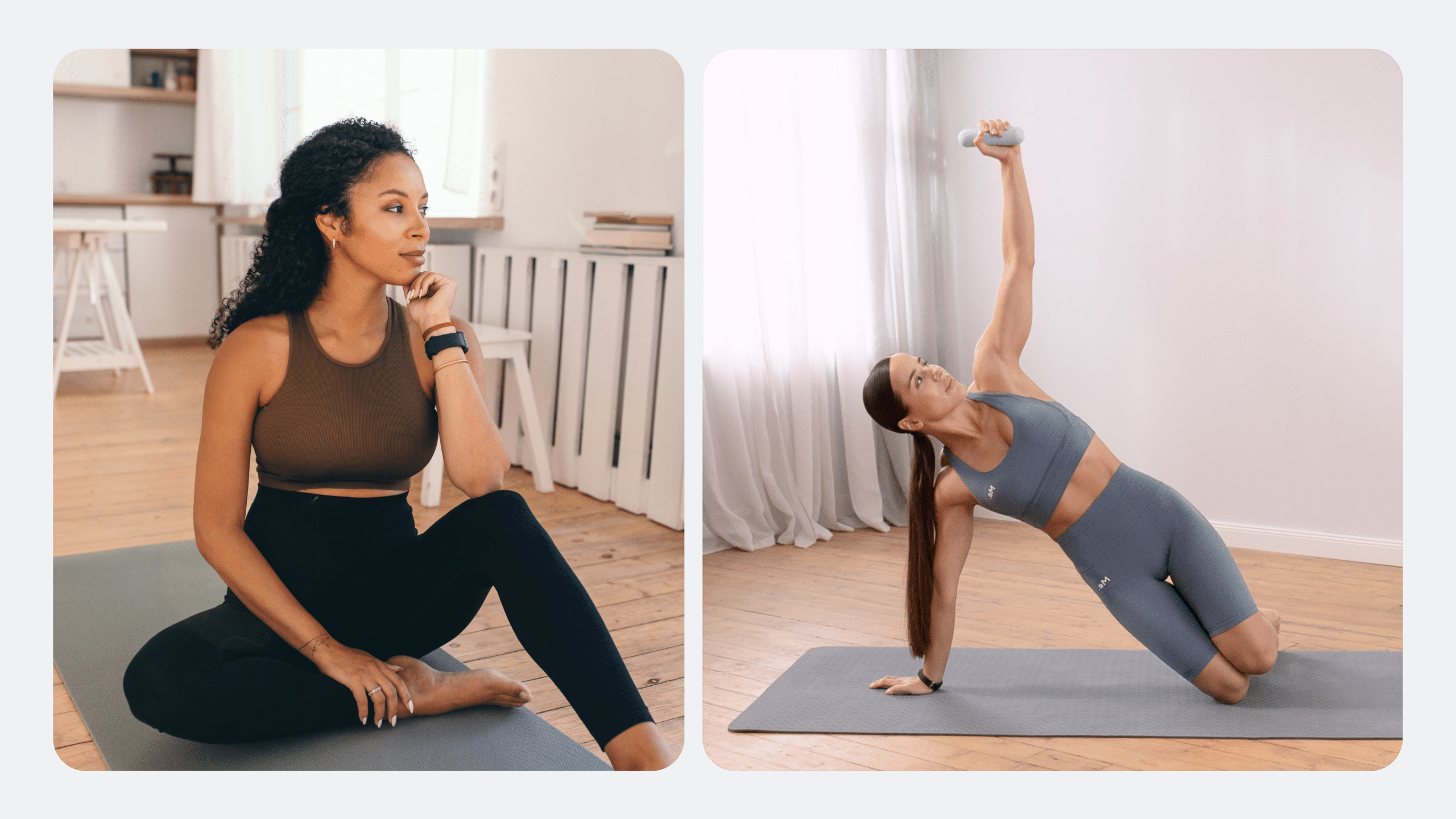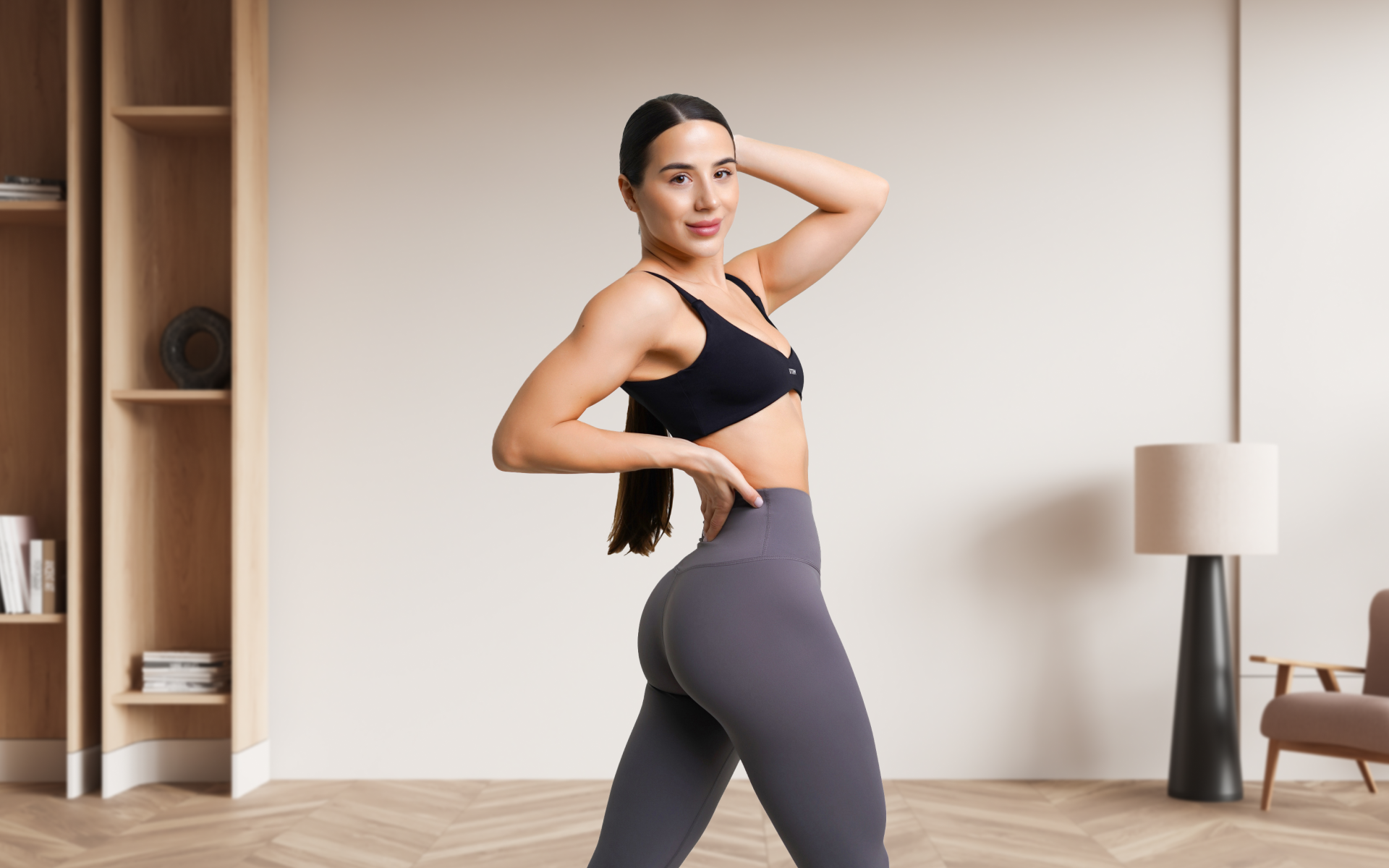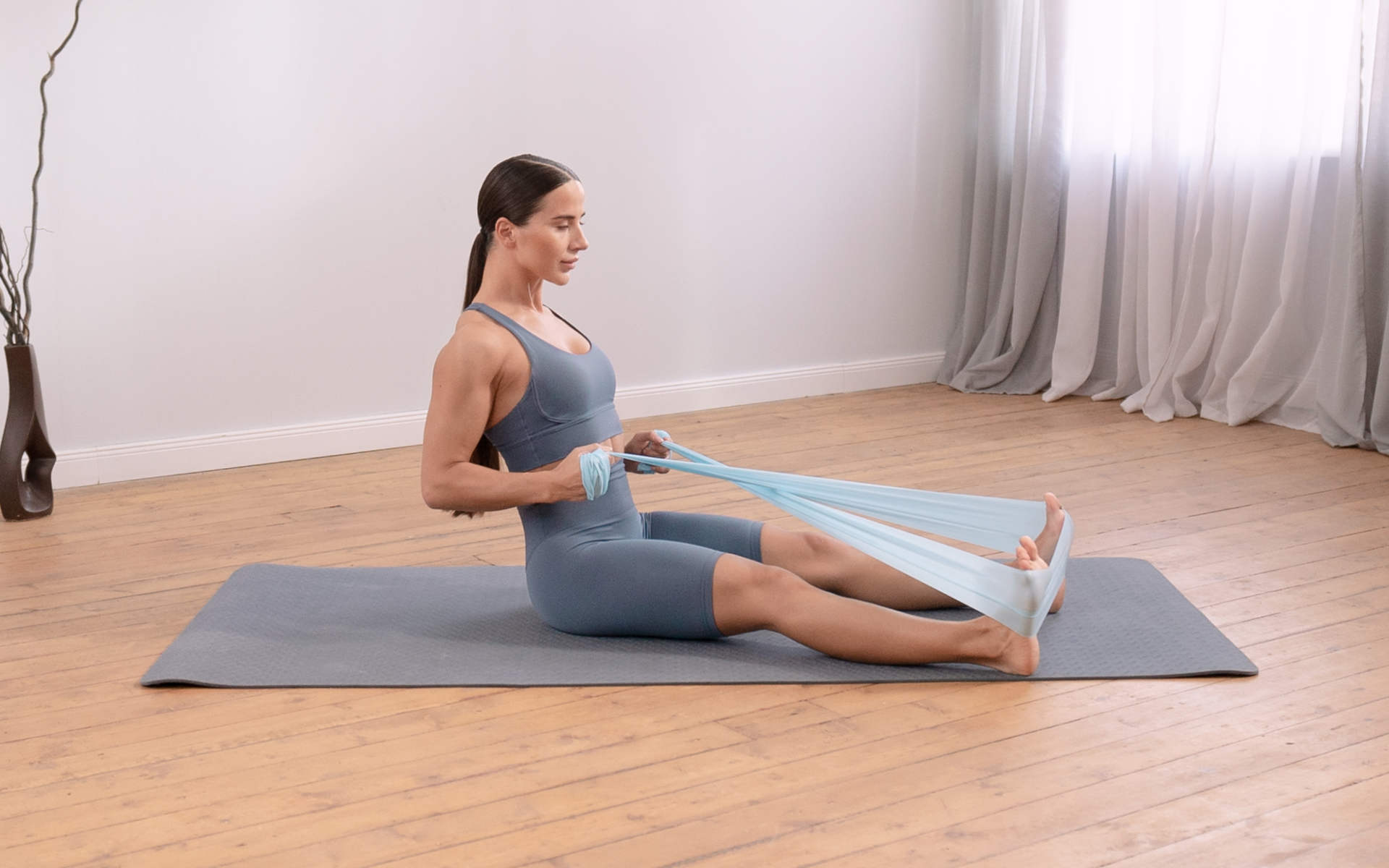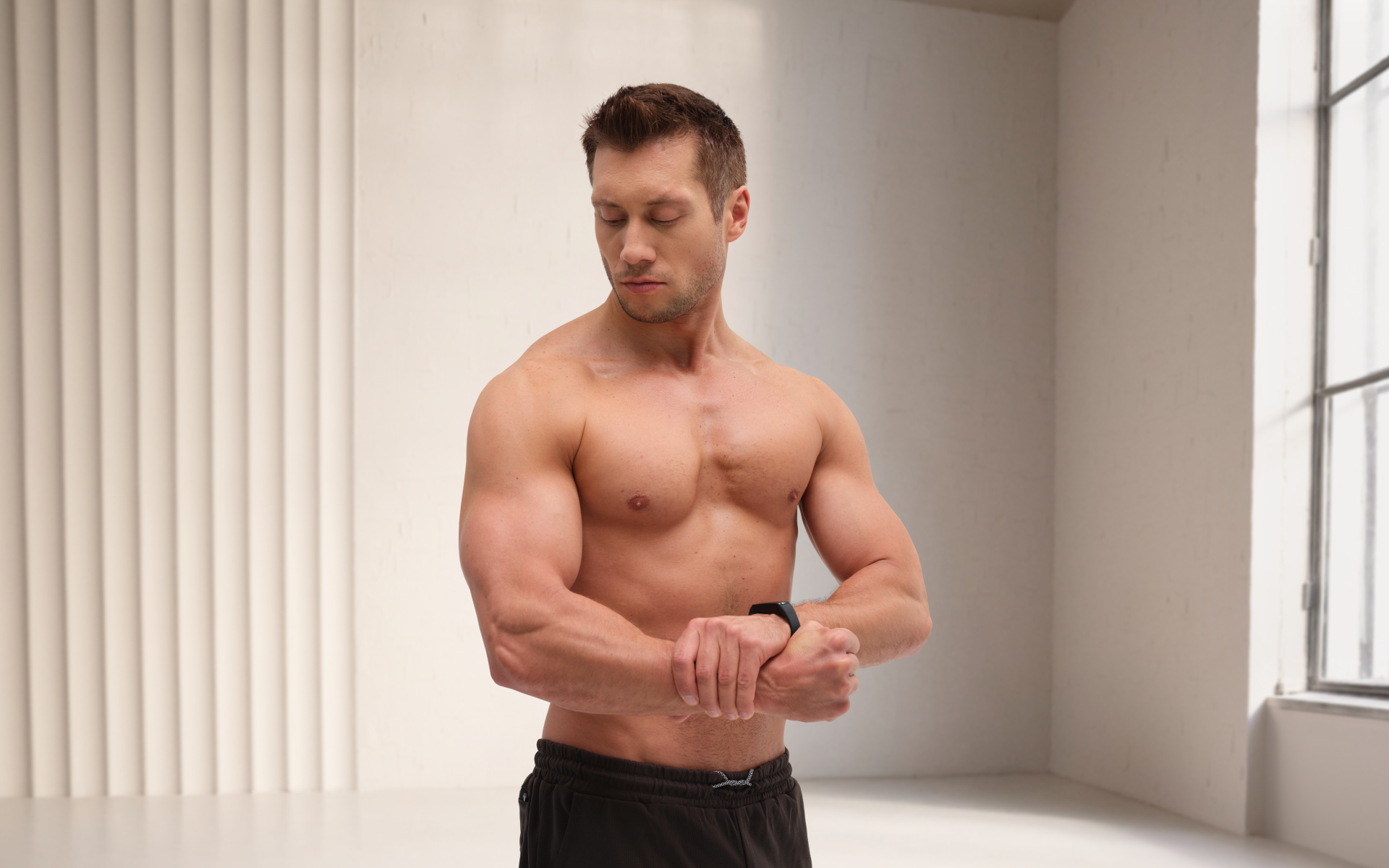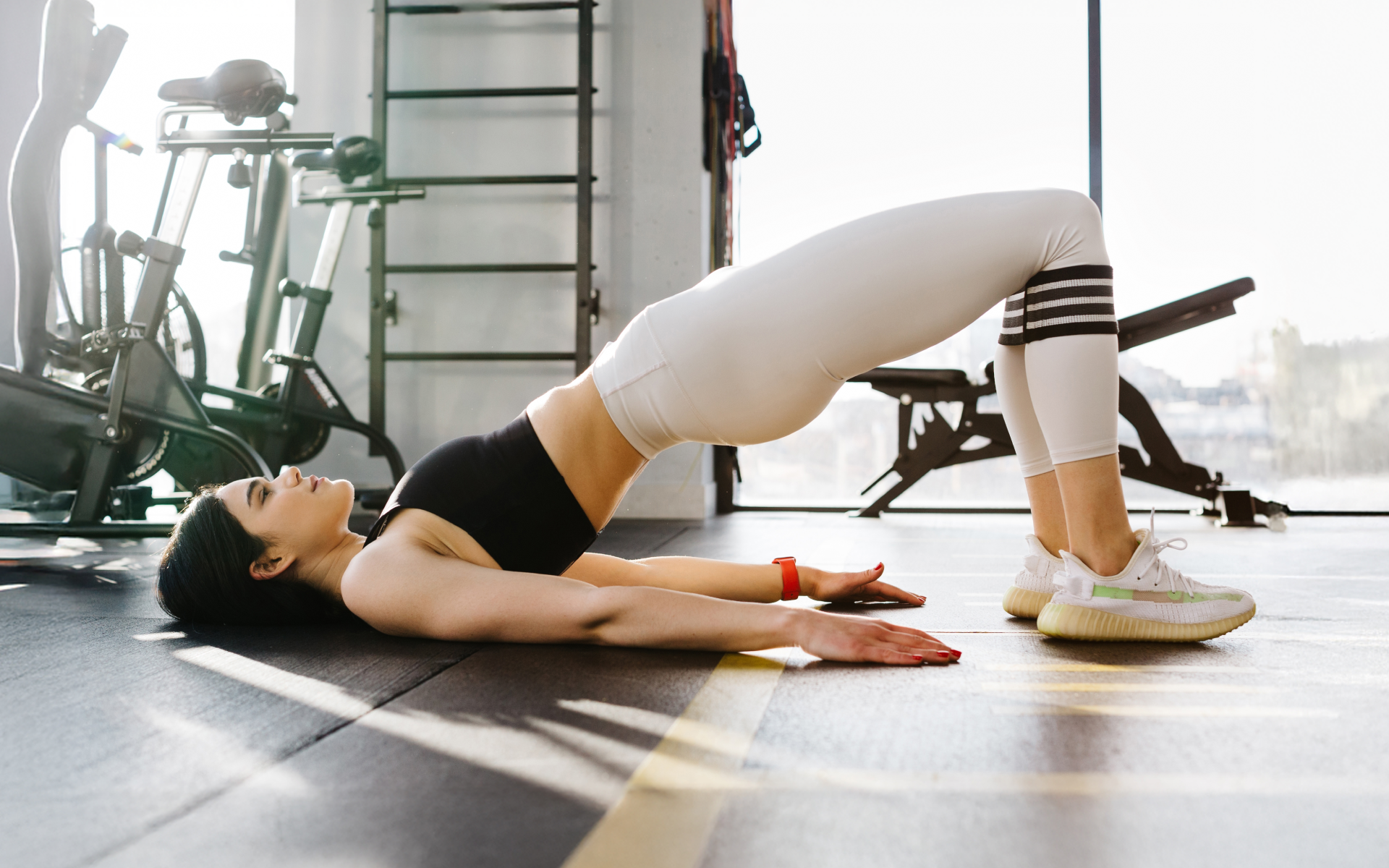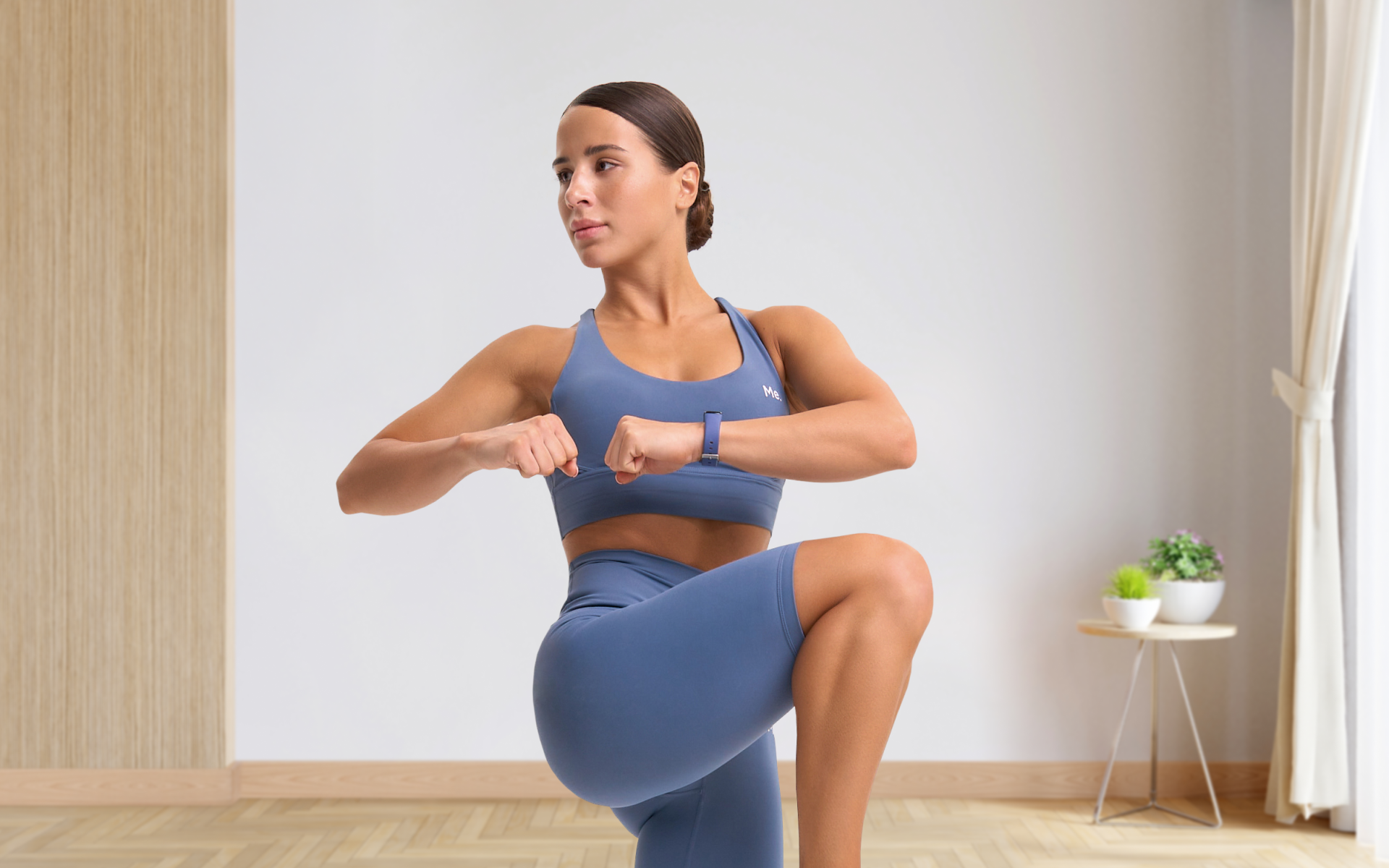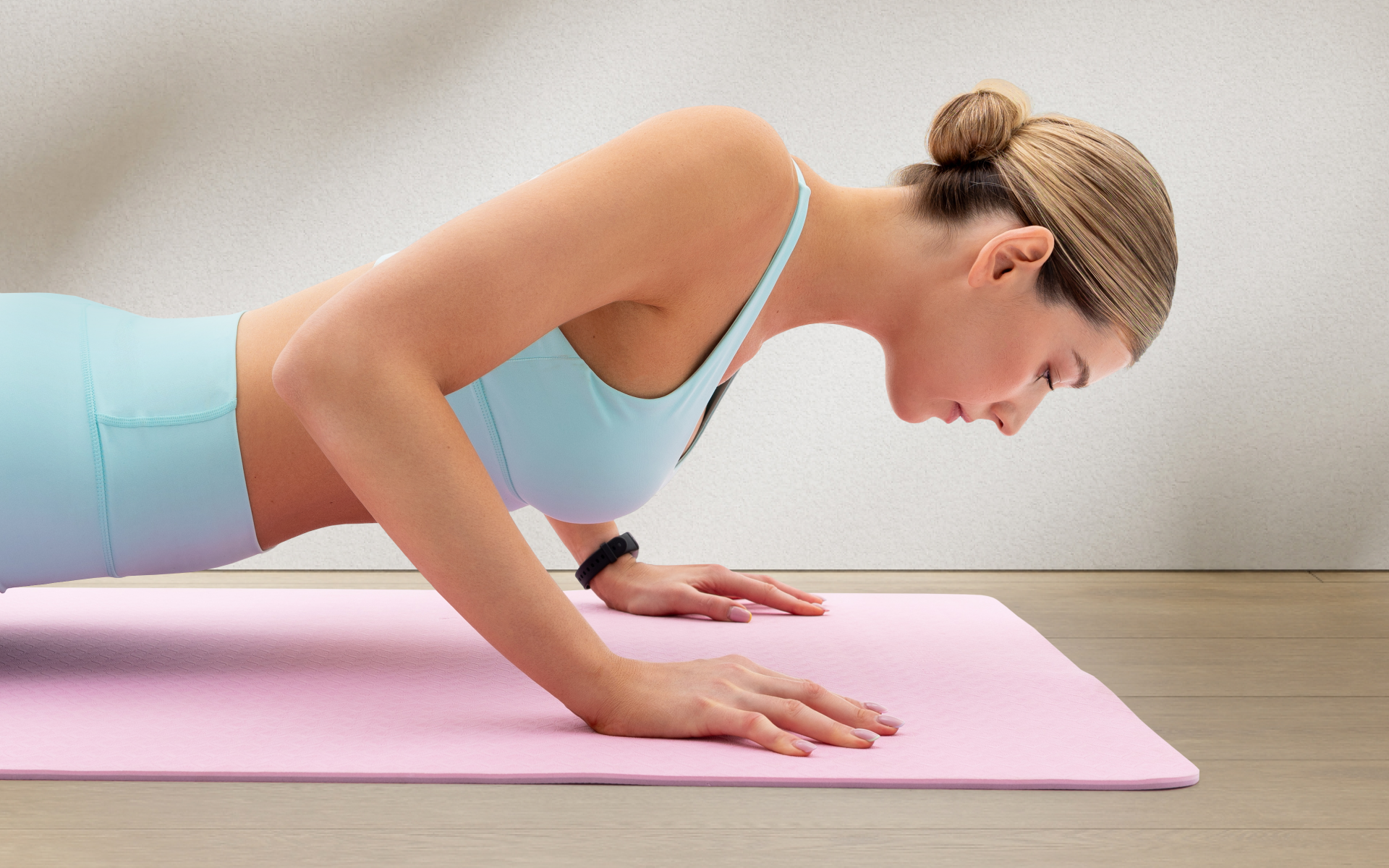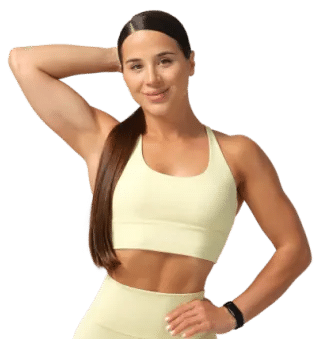Functional fitness is a growing trend in the fitness world, and for good reason. It focuses on building strength, mobility, and overall physical function through body weight exercises. This type of training is effective and convenient, as it requires minimal equipment and can be done anywhere.
If you’re new to functional fitness or just starting your fitness journey, calisthenics is a great place to start.
Calisthenics is a form of body weight training that uses the resistance of your own body to build strength and muscle (1).
In this beginner’s program, we’ll introduce you to 9 basic exercises that will help you develop foundational strength and prepare you for more advanced movements.
Can You Self-Learn Calisthenics?
It’s possible to self-learn calisthenics, especially with the abundance of online resources and tutorials available. However, it’s important to approach calisthenics with caution and proper form to prevent injury. It may be beneficial to seek guidance from a professional trainer or join a class that specializes in body weight training.
How to Start a Calisthenics Program as a Beginner
As with any new skill, it’s important to start with the fundamentals. By mastering the basics, you’ll build a strong foundation that will allow you to progress and tackle more challenging exercises in the future.
In addition, focusing on proper form and technique from the start can prevent injuries and ensure that you are getting the most out of each exercise.
Before you start this fitness program, it’s important to properly warm up your muscles. Doing so will help prevent injury and prepare your body for the exercises ahead.
Warm-Up:
- Jogging or marching in place (2 minutes)
- Arm circles (20 seconds clockwise, 20 seconds counter-clockwise)
- Leg swings (10 on each leg)
- Shoulder rolls (20 seconds forward, 20 seconds back)
Once you’re warmed up, you’re ready to start your calisthenics program. Remember to listen to your body and take breaks as necessary. It’s better to start slow and progress gradually than to push yourself too hard and risk injury.
Exercise 1: Push-Ups
Push-ups are a staple calisthenics exercise that targets your chest, shoulders, arms, and core muscles. To perform a push-up:
- Start by lying face down on the floor with your hands placed slightly wider than shoulder-width apart.
- Engage your core and push up through your arms until they are fully extended.
- Lower yourself back down to the starting position, keeping your body in a straight line.
- Repeat for the desired number of reps.
To make push-ups easier, you can perform them on your knees or against a wall. As you gain strength and proficiency, you can progress to more challenging variations such as decline push-ups or one-arm push-ups.
BetterMe will keep you laser-focused on your weight loss journey! Nutrient-packed meal plans, fat-blasting workouts, galvanizing challenges and much more. Try using the app and see for yourself!
Exercise 2: Squats
Squats are a compound exercise that targets your legs, glutes, and core muscles. To perform a squat:
- Start by standing with your feet shoulder-width apart and arms stretched out in front of you for balance.
- Lower your hips back and down until your thighs are parallel to the floor.
- Push through your heels to return to the starting position.
- Repeat for the desired number of reps.
To make squats easier, you can perform them with a chair or box behind you for support. As you gain strength and mobility, you can progress to more challenging squat variations such as jumping squats or pistol squats.
Exercise 3: Planks
Planks are an isometric exercise that targets your core muscles. To perform a plank:
- Start on all fours with your hands directly under your shoulders and your toes tucked under.
- Straighten your legs and engage your core, keeping your body in a straight line from head to heels.
- Hold this position for the desired amount of time.
To make planks easier, you can start by holding them on your knees instead of your toes. As you gain strength and endurance, you can progress to more challenging variations such as side planks or plank jacks.
Exercise 4: Pull-Ups
Pull-ups are a challenging but effective exercise that targets your back, arms, and core muscles. To perform a pull-up:
- Start by hanging from a bar with an overhand grip and your hands placed slightly wider than shoulder-width apart.
- Engage your back muscles and pull yourself up until your chin is level with the bar.
- Slowly lower yourself back down to the starting position.
- Repeat for the desired number of reps.
If you can’t perform a full pull-up, you can start by performing assisted pull-ups using a resistance band or machine. As you gain strength, you can reduce the assistance and work toward performing unassisted pull-ups.
Exercise 5: Lunges
Lunges are another compound exercise that targets your legs, glutes, and core muscles. To perform a lunge:
- Start by standing with your feet hip-width apart and your hands on your hips.
- Take a large step forward with one leg, lowering your body until both knees are bent at 90 degrees.
- Push through your front heel to return to the starting position.
- Repeat on the other leg for the desired number of reps.
To make lunges easier, you can start by performing them with your back knee on the ground. As you gain strength and balance, you can progress to more challenging variations such as jumping lunges or walking lunges.
Read more: Calisthenics Back Workout: Sculpt a Stronger Back
Exercise 6: Dips
Dips are a great exercise for targeting your triceps, chest, and shoulders. To perform a dip:
- Start by gripping parallel bars with your arms fully extended.
- Lower yourself down until your arms form a 90-degree angle.
- Push through your hands to return to the starting position.
- Repeat for the desired number of reps.
If parallel bars aren’t available, you can perform dips using a sturdy chair or bench. As you gain strength, you can progress to more challenging variations such as weighted dips.
Exercise 7: Mountain Climbers
Mountain climbers are a dynamic exercise that targets your core muscles and gets your heart rate up. To perform mountain climbers:
- Start in a high plank position with your arms extended and hands directly under your shoulders.
- Bring one knee in toward your chest, then quickly switch legs in a running motion.
- Continue alternating legs for the desired amount of time or reps.
To make mountain climbers easier, you can slow down the movement or place your hands on an elevated surface such as a bench. As you gain strength and endurance, you can progress to more advanced variations such as cross-body mountain climbers or spiderman mountain climbers.
Exercise 8: Reverse Crunches
Reverse crunches are a great exercise for targeting your lower abs. To perform a reverse crunch:
- Start by lying on your back with your arms at your sides and legs raised toward the ceiling.
- Engage your core and lift your hips off the ground, bringing your knees in toward your chest.
- Slowly lower yourself back down to the starting position.
- Repeat for the desired number of reps.
To make reverse crunches easier, you can start by bending your knees and resting them on a chair or bench. As you gain strength, you can progress to performing the exercise with straight legs and adding a weight between your feet for added resistance.
Exercise 9: Burpees
Burpees are a full-body exercise that targets multiple muscle groups while also providing an excellent cardiovascular workout. To perform a burpee:
- Start by standing with your feet shoulder-width apart and arms at your sides.
- Squat down and place your hands on the ground, then jump back into a high plank position.
- Perform one push-up, then quickly jump your feet back toward your hands.
- Jump up explosively, reaching your arms overhead.
- Repeat for the desired number of reps.
If you need to make burpees easier, you can eliminate the push-up or perform the exercise at a slower pace. As you gain strength and endurance, you can progress to more challenging variations such as adding a jump squat at the end of the movement or performing burpees with a weight vest.
You can find more exercises in our Basic Calisthenics blog.
How to Create Your Own Beginner Calisthenics Program
Follow these steps to help you create your own beginner calisthenics program:
Step 1: Assess Your Fitness Level
Before diving into any workout routine, it’s important to understand your current fitness level:
- Physical Assessment: Perform basic exercises such as push-ups, squats, and planks to gauge your starting point.
- Health Check: Consult a physician if you have any pre-existing conditions or concerns.
Step 2: Set Clear Goals
Having specific and realistic goals will keep you motivated:
- Short-term Goals: Examples include performing 10 push-ups in a row or holding a plank for 30 seconds.
- Long-term Goals: Aim for broader achievements such as improving overall strength or mastering a particular exercise like pull-ups.
Step 3: Choose Your Exercises
Select exercises that target different muscle groups to ensure a well-rounded routine. Here are nine basic calisthenics exercises you can include:
- Push-Ups: Target the chest, shoulders, and arms.
- Squats: Focus on legs and glutes.
- Planks: Strengthen the core.
- Pull-Ups: Work the back and arms.
- Lunges: Engage legs and glutes.
- Dips: Target triceps, chest, and shoulders.
- Mountain Climbers: A dynamic exercise for the core and cardiovascular system.
- Reverse Crunches: Focus on lower abs.
- Burpees: Full-body exercise that enhances cardiovascular fitness.
Step 4: Create a Schedule
Design a weekly schedule that fits into your lifestyle while allowing for recovery:
- Frequency: Aim for 3-4 workout sessions per week.
- Structure: Alternate between upper body, lower body, and core-focused days. For example:
- Day 1: Push-ups, pull-ups, planks
- Day 2: Squats, lunges, mountain climbers
- Day 3: Dips, reverse crunches, burpees
Step 5: Warm-Up and Cool Down
Prevent injuries and enhance performance by incorporating warm-up and cool-down routines:
- Warm-Up: Spend 5-10 minutes on light cardio (jogging, arm circles) and dynamic stretches (leg swings, shoulder rolls).
- Cool Down: Finish with 5-10 minutes of static stretching (hamstring stretch, quad stretch) to aid recovery.
Step 6: Track Your Progress
Monitoring your progress helps you stay motivated and make necessary adjustments:
- Journal: Keep a workout journal to record reps, sets, and how you feel after each session.
- Photos: Take progress photos every few weeks to visually track your improvements.
- Milestones: Celebrate small victories such as mastering a new exercise or increasing the number of reps.
Lean and toned up body isn’t just a far-fetched fantasy. Check out the BetterMe: Health Coaching app and watch it propel your weight loss journey into high gear!
Tips for Staying Motivated and Avoiding Injury
Staying Motivated
- Set Rewards: Treat yourself when you reach a milestone.
- Join a Community: Find online groups or local classes to stay accountable.
- Mix It Up: Vary your exercises and routines to keep things interesting.
Avoiding Injury
- Listen to Your Body: Don’t push through pain. Rest and recover when necessary.
- Focus on Form: Proper technique is essential to avoid injuries.
- Gradual Progression: Increase the intensity or volume of your workouts gradually.
How Long Should a Beginner Calisthenics Workout Be?
A beginner calisthenics workout should be as long as it takes for you to complete all the exercises with proper form and within your target rep range. Typically, this can range from 30-60 minutes. However, the duration may vary depending on your fitness level, goals, and schedule.
It’s important to find a balance between pushing yourself and allowing for proper rest and recovery. Don’t be afraid to modify or scale down exercises if needed and always listen to your body.
Read more: 12 Exercises Your Calisthenics Program Needs for a Full Body Workout
What Is a Good Age to Start Calisthenics?
A good age to start calisthenics is any time after your body has developed the necessary strength and coordination. As calisthenics uses your body weight as resistance, it provides a built-in progressive overload in a safe and gradual way. Many children perform calisthenic workouts frequently without realizing it. Playing on a playground, participating in gymnastics, and climbing are all examples of common activities children participate in that are safe and effective calisthenic workouts.
For adults, there is no upper age limit for starting calisthenics, as long as you’ve been approved to do so by your doctor and are willing to put in the work. It’s never too late to improve your physical fitness with calisthenics.
FAQs
Is 25 too old to start calisthenics?
25 isn’t too old to start calisthenics. In fact, many athletes and fitness enthusiasts start their calisthenics journey when they’re well into adulthood. As long as you have a proper fitness assessment and consult a doctor if needed, you can start calisthenics at any age.
How many push-ups should I do in a day?
The number of push-ups you should do a day depends on your fitness level and goals. If you’re just starting with calisthenics, aim for 3-4 sets of 10 reps, gradually increasing the number as you get stronger. More advanced individuals can do 50-100 push-ups per day or more. Listen to your body and don’t overdo it. Quality over quantity is key.
Can I do calisthenics every day?
It’s not recommended to do calisthenics every day as your body needs time to rest and recover from intense workouts. Aim for 3-4 workout days per week with proper rest and recovery in between. You can still be active on your off days, but avoid high-intensity exercises and allow for proper rest.
This Calisthenics Beginner Workout Plan is beginner-friendly and you can start today.
What will 100 push-ups a day do?
100 push-ups per day can improve strength and endurance in your chest, shoulders, triceps, and core. However, it’s important to mix up your workouts and incorporate other exercises for a well-rounded routine. Some may find that 100 push-ups daily will lead to overuse injuries.
The Bottom Line
Incorporating these nine bodyweight exercises into your fitness routine can help improve your overall strength, muscle tone, and endurance. Remember to always start with proper form and gradually increase the difficulty as your body adapts. Don’t forget to warm up properly before you start any workout and cool down afterward to prevent injury and help with recovery.
DISCLAIMER:
This article is intended for general informational purposes only and does not serve to address individual circumstances. It is not a substitute for professional advice or help and should not be relied on for making any kind of decision-making. Any action taken as a direct or indirect result of the information in this article is entirely at your own risk and is your sole responsibility.
BetterMe, its content staff, and its medical advisors accept no responsibility for inaccuracies, errors, misstatements, inconsistencies, or omissions and specifically disclaim any liability, loss or risk, personal, professional or otherwise, which may be incurred as a consequence, directly or indirectly, of the use and/or application of any content.
You should always seek the advice of your physician or other qualified health provider with any questions you may have regarding a medical condition or your specific situation. Never disregard professional medical advice or delay seeking it because of BetterMe content. If you suspect or think you may have a medical emergency, call your doctor.
